Product Details
| Product Name:
Retene |
CAS No.:
483-65-8 |
| Purity:
99.30% |
Supply Ability:
10g |
| Release date:
2024/11/17 |
Product Introduction
Bioactivity
| 名稱 | Retene |
| 描述 | Retene (NSC-26317) is widely present in recent and ancient sediments, and compounds can be extracted from fir forest soils, humic coals, terrestrial petroleum hydrocarbon source rocks, and deep-sea sediments.Retene is produced by dehydrogenation of pine acids during petrogenesis. |
| 體外活性 | In laboratory conditions whitefish larvae were pre-exposed to retene (10, 32 and 100 microg/l), with relevant controls, and irradiated in semi-static tests for 3 h once a day (2 consecutive days) with two UV-B doses (CIE-weighted 2.8 or 5.4 kJ per m(2) per day) or with visible light only. The photoinduced acute LC(50) for retene was 13.3 microg/L. Retene treated fish exhibited signs of behavioral irritation and hypoxia during and after the exposure to UV light. Severe skin damages were detected in larvae exposed simultaneously to retene and UV-B. The structural signs of sunburn could also be seen in UV-B and solvent controls (DMSO) with UV-B. Even at the lowest retene concentration, the number of mucous cells increased significantly in simultaneous chemical and UV-B treatment. We consider the tissue reaction as protective response against UV induced retene toxicity. Further, regarding liver parenchyma, fish exposed to retene with UV-B had lesions, revealing hepatotoxicity.[1] |
| 體內(nèi)活性 | Retene (7-isopropyl-1-methylphenanthrene) is a naturally formed polycyclic aromatic hydrocarbon (PAH) that causes teratogenicity in fish larvae and induction of cytochrome P450 (CYP1A) enzymes. Retene occurs at high concentrations (< or =3,300 microg/g dry wt) in surface sediments contaminated by resin acids from pulp mill effluents. Industrially contaminated sediments collected near a bleached kraft pulp and paper mill discharging to Lake Saimaa, Finland, significantly induced trout liver CYP1A activity, indicating accumulation of arylhydrocarbon receptor (AhR)-active ligands. Induction of CYP1A in fish exposed to sediments spiked with retene or benzo[k]fluoranthene supported this conclusion.[2] |
| 存儲條件 | Powder: -20°C for 3 years | In solvent: -80°C for 1 year | Shipping with blue ice. |
| 溶解度 | DMSO : 18.33 mg/mL (78.23 mM)
|
| 關(guān)鍵字 | Retene |
| 相關(guān)庫 | 經(jīng)典已知活性庫 | 高通量篩選天然產(chǎn)物庫 | 已知活性化合物庫 |
Company Profile Introduction
Target Molecule Corp. (TargetMol) is a global high-tech enterprise, headquartered in Boston, MA, specializing in chemical and biological research product and service to meet the research needs of global customers.
TargetMol has evolved into one of the biggest global compound library and small molecule suppliers and a customer based on 40+ countries. TargetMol offers over 80 types of compound libraries and a wide range of high-quality research chemicals including inhibitors, activator, natural compounds, peptides, inhibitory antibodies, and novel life-science kits, for laboratory and scientific use. Besides, virtual screening service is also available for customers who would like to conduct the computer-aided drug discovery.
You may like
-
CAS:121077-11-0
$293.00 / 1mg
-
CAS:3376-24-7
$78.00 / 200mg
-
CAS:6493-05-6
$42.00 / 500mg
Recommended supplier
| Product name |
Price |
|
Suppliers |
Update time |
|
|
$/ |
|
Anhui Ruihan Technology Co., Ltd
|
2023-08-21 |
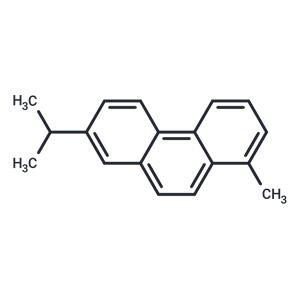



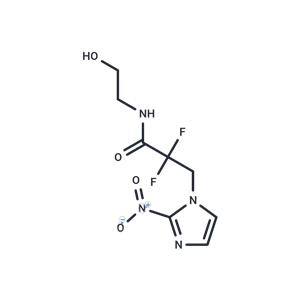
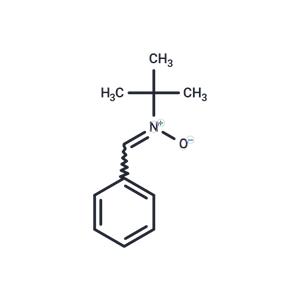
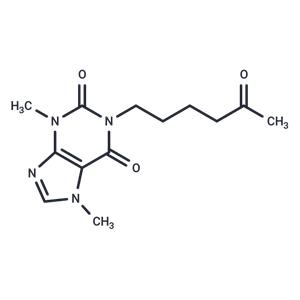
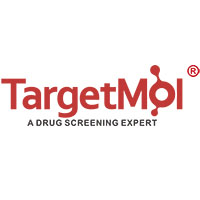
 United States
United States